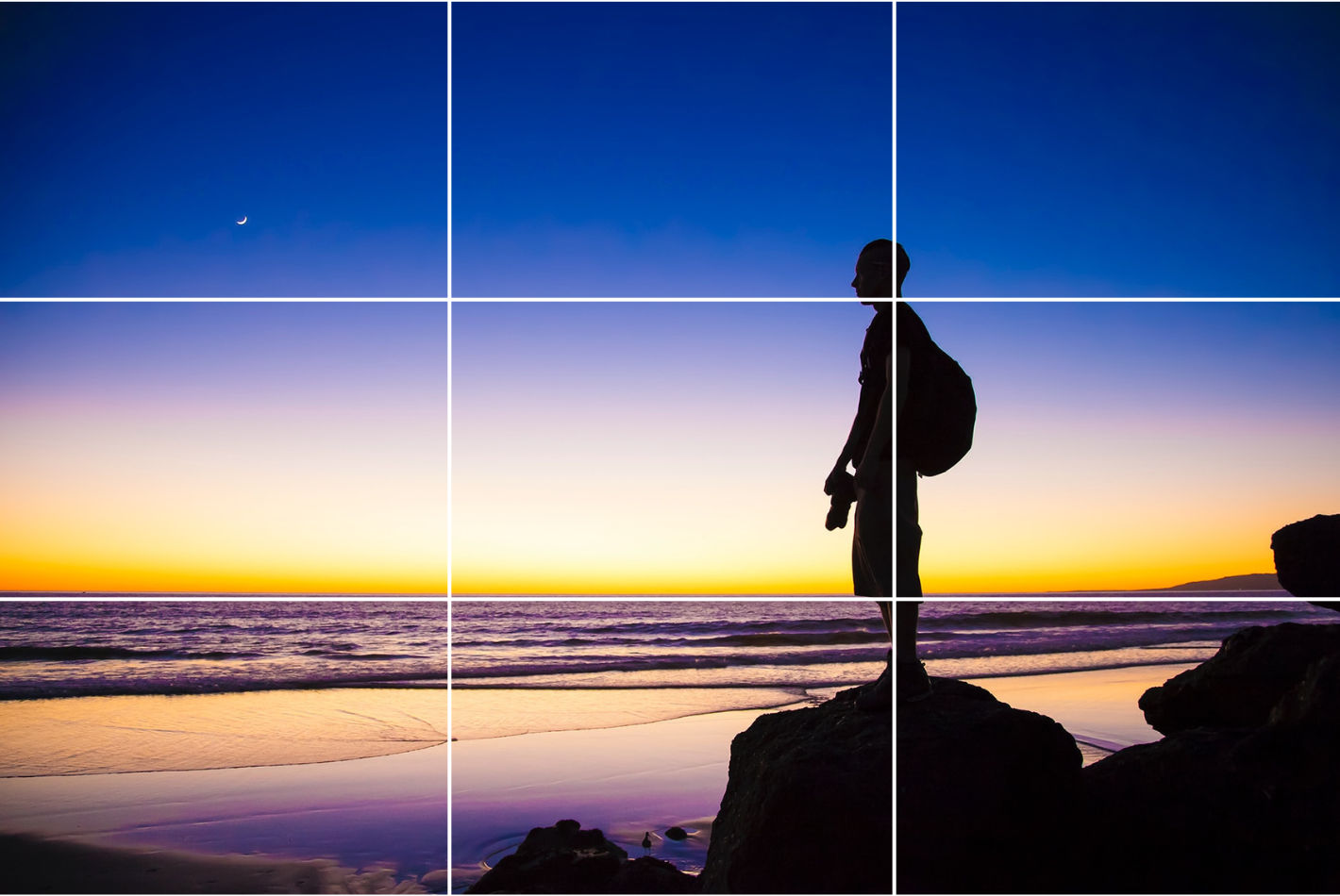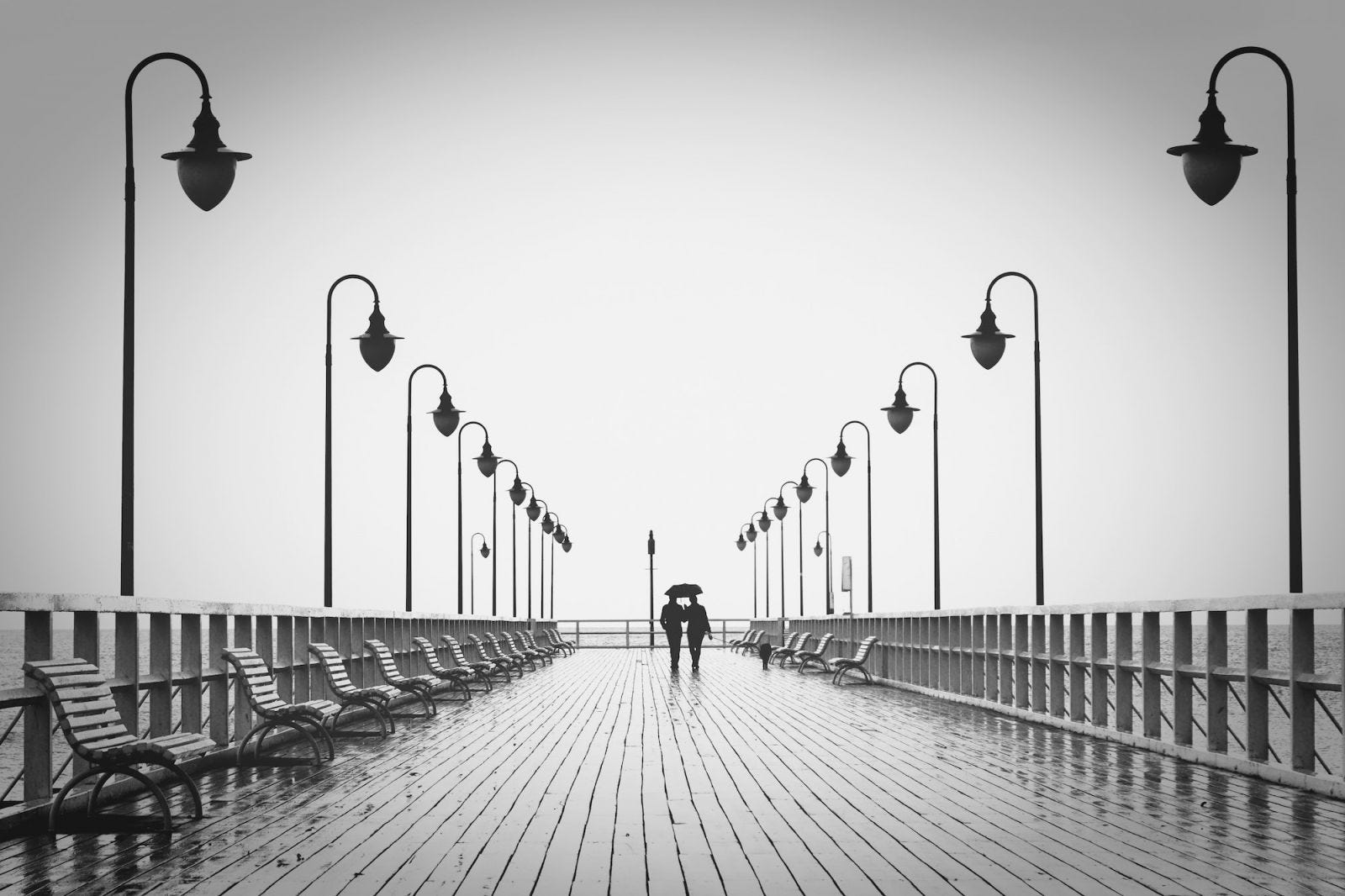Photography Tips for Beginners: Capture Stunning Photos with Any Camera
Getting into photography doesn’t mean you need the most expensive gear. With the right approach and a few practical techniques, even a basic setup can help you capture stunning photos. Here are some essential tips every beginner should know:
Here are some great, practical tips to get you started with photography as a beginner:
- Learn the exposure triangle: Master aperture (controls depth of field and light intake), shutter speed (freezes or blurs motion), and ISO (adjusts sensitivity to light). Start in auto mode, then switch to manual for control—experiment with low ISO for less noise in bright conditions.
- Smart use of Depth of field: Isolate the subject using a wide aperture or a shallow depth of field.
Depth Of Field

- Apply the rule of thirds: Instead of centring your subject, imagine a 3x3 grid on your viewfinder and place key elements along the lines or intersections for more dynamic compositions.
Rule of Thirds:

- Shoot during golden hour: The soft, warm light just after sunrise or before sunset (about an hour each) creates flattering shadows and colours—ideal for landscapes and portraits.
Golden Hour Photography:
- Incorporate leading lines: Use natural or man-made lines (like roads, fences, or rivers) to draw the viewer's eye toward your main subject, adding depth and interest to your shots.
Leading Lines Photography:

- Hold steady to avoid blur: Use a tripod for low-light or long exposures, or brace your camera against a stable surface. Enable image stabilisation if your gear has it.
- Experiment with angles and perspectives: Get low for eye-level shots with kids or pets, or shoot from above for unique views—don't always stick to eye level.
- Focus on your subject: Use single-point autofocus to lock on eyes in portraits or the sharpest part of your scene; tap-to-focus on smartphones works great too.
- Pay attention to backgrounds: Avoid clutter by moving your position or using a wide aperture to blur distractions behind your subject.
- Take lots of photos: Practice is key—shoot in bursts, review what works, and delete the duds to build your eye over time.
- Edit your images lightly: Use free tools like Lightroom Mobile or Snapseed to adjust exposure, contrast, and crop—don't overdo it, as natural looks often win.
Any camera can take great photos
Whether it’s cheap or expensive, new or pre-owned, a good photo depends more on technique than gear.Know your camera’s limitations
Understanding what your camera can and cannot do helps you make better choices while shooting.Lighting is 70% of the photo
Good light is the single most important factor. Natural light, especially during golden hours, can transform your pictures.Use an aperture of around F/8 for sharpness
Even a basic kit lens can deliver crisp, detailed photos at this setting.Balance ISO, shutter speed, and focal length
Boost ISO when needed to keep your shutter speed at least twice the focal length for sharper shots.Prefer noise over blur
A noisy photo can be cleaned up later, but a shaky photo is often unusable.Always shoot in RAW
The golden rule — RAW files capture all the details, giving you flexibility during editing.Follow the Rule of Thirds
Position your subject off-centre to create more engaging compositions.Use hyperfocal focusing for landscapes
This technique ensures maximum depth of field, keeping both foreground and background sharp.Learn post-processing
Editing RAW files is just as important as shooting — it brings out the best in your photos.Invest in lenses, not just the body
Lenses have a greater impact on image quality and can last through multiple camera upgrades.Remember: mobiles can’t beat DSLRs
While smartphones are handy, a DSLR or mirrorless camera still offers superior control, quality, and creative possibilities.
FAQ Set:
Q1. What is the most important thing in photography for beginners?
The most important factor is good lighting. Around 70% of a photo’s quality depends on how well it is lit. Shooting during golden hours (early morning or late evening) is often the best choice.
Q2. Do I need an expensive camera to take good photos?
No. Even a budget or second-hand camera can capture stunning photos if you understand its limitations and apply the right techniques.
Q3. What settings should beginners use for sharp photos?
Use an aperture around F/8 for sharpness, boost ISO when needed, and keep your shutter speed at least twice the focal length of your lens to avoid blur.
Q4. Why is shooting in RAW better than JPEG?
RAW files contain more image data, allowing greater flexibility during editing. JPEGs are compressed and limit post-processing options.
Q5. Should I invest in a new camera or a lens first?
Invest in lenses. A good lens improves image quality more than upgrading the camera body.
Q6. Can a smartphone camera replace a DSLR or mirrorless camera?
No. While smartphones are convenient, DSLRs and mirrorless cameras offer more control, better depth, and higher image quality.
Q7. What is the “Rule of Thirds” in photography?
It’s a composition technique where the subject is placed off-centre (at one of the intersections of a 3x3 grid) to create a more balanced and visually appealing photo.
Q8. How can beginners improve their landscape photography?
Use hyperfocal focusing to maximise sharpness across the frame, and shoot in RAW so you can enhance details later in post-processing.
Q9. Is it better to have a noisy photo or a blurry one?
Always choose a noisy photo over a blurry one. Noise can be reduced in editing, but camera shake blur cannot be completely eliminated.
Q10. Do I need to learn editing to become a good photographer?
Yes. Post-processing is an essential skill. Learning how to edit RAW photos can significantly impact the final result.




Comments
Post a Comment